We traveled to Bosnia-Herzegovina a few days ago, and I am still processing the experience. On the one hand, the country which is the size of the state of West Virginia and has 3.3 million residents is open for travelers and very welcoming. On the other hand, how do you put the war, destruction and genocide that occurred between 1992 and 1995 aside.
I frankly am having a tough time doing so. This is a difficult experience to put on paper for a bunch of reasons.
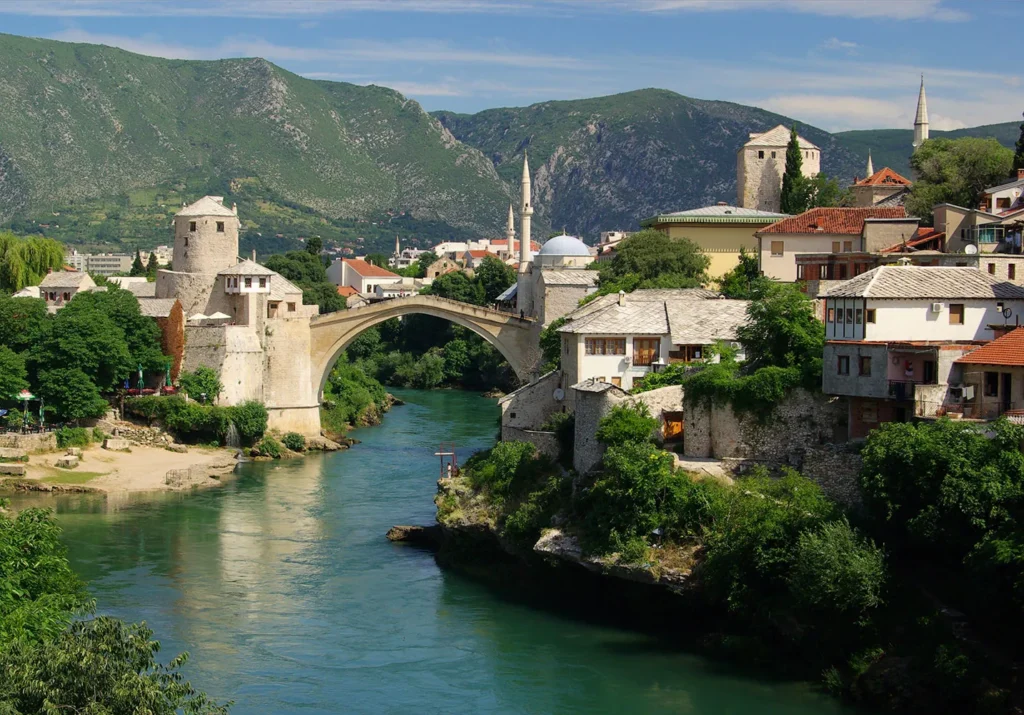
One, I am so aware of how unqualified I am to make any comments about the country, its history, and its current state of affairs. We only visited for two days. We traveled to the city of Mostar (population 103,000) in the southern Herzegovina region of the two-region country.
Two, the three years of war in the mid 1990’s are at least for me so difficult to understand, much less explain. Yes, there is much to learn about the centuries of history when this country was ruled by Illyrians, Romans, Slavs, Ottomans, and Austro-Hungary. Then this country after WWI became part of Yugoslavia until 1992, when Bosnia-Herzegovina declared its independence.
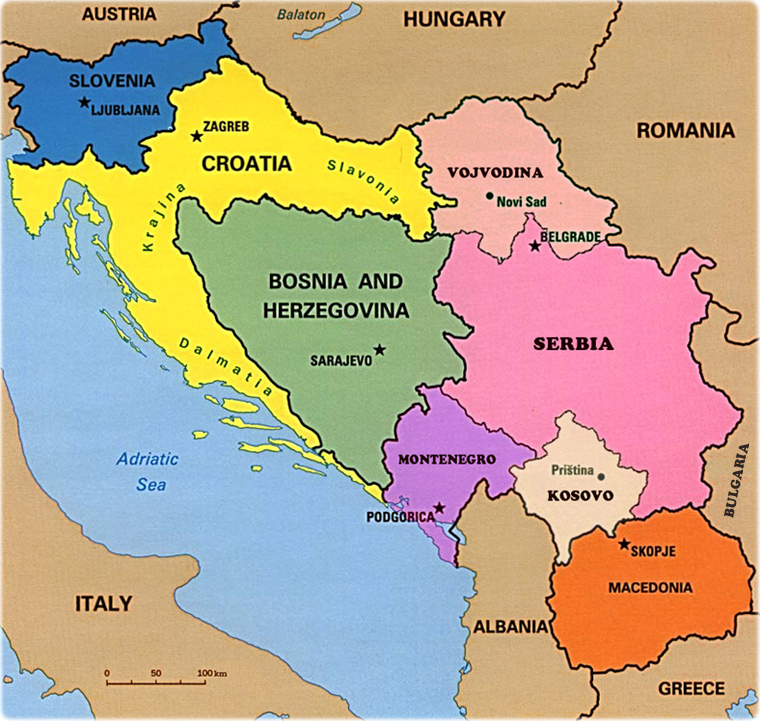
It is important to point out that Yugoslavia contained the land area that currently makes up 7 countries in much of the Balkan peninsula – Serbia, Croatia, Slovenia, Bosnia-Herzegovina, Montenegro, Kosovo and North Macedonia. The war in the 90’s was by no means limited to Bosnia-Herzegovina, but also occurred in the other countries too.
With the death of Tito, the Yugoslavia we thought we knew disintegrated. This area has always been a crossroads of cultures for centuries.
The three main cultural, ethnic and religious groups involved are:
- Bosniaks – Muslims brought to the region by the Ottomans.
- Croats – traditional Roman Catholics brought to the region by Charlemagne and the Austrian Habsburgs.
- Serbs – Eastern Orthodox Christians. Catholics brought historically from the Byzantine Empire.
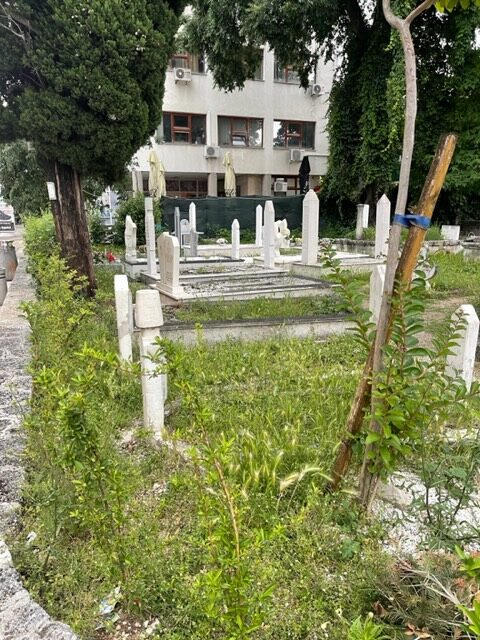
Three, I am just beginning to truly appreciate the horrors, the devastation and the genocide that resulted from the fighting that occurred during those war years. It takes your breath away to see in Mostar what used to be public parks in downtown now totally devoted to burial grounds for local citizens that had their lives snuffed out in 1992 or 93 or 94. It is estimated that more than 100,000 Bosnians lost their lives in the conflict. You can still see the remnants of the shelling and gun shots in buildings, homes and farms throughout the region.
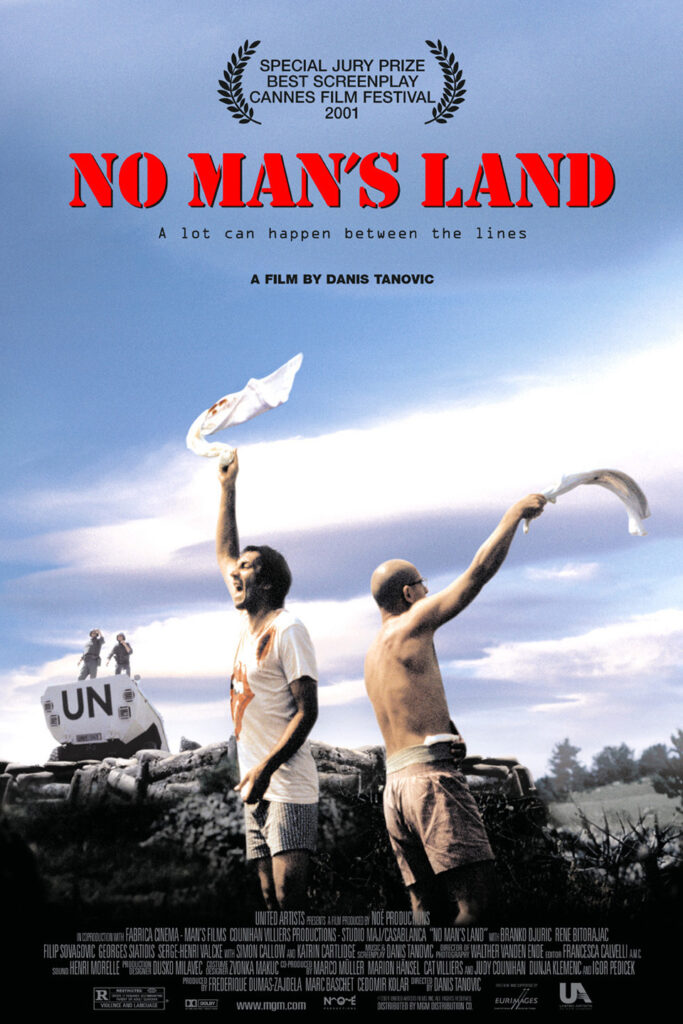
In 2002 the Oscar for best foreign film was awarded to No Mans Land, which I just watched, and it is a graphic portrayal of the war’s insanity.
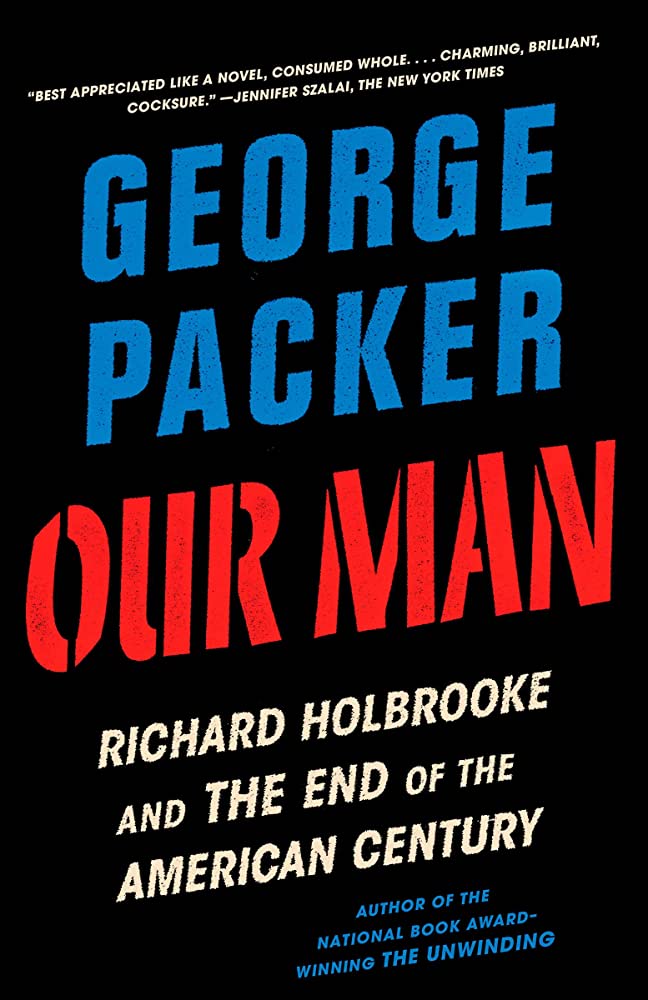
Four, the role of the United States, the United Nations, and NATO is also a puzzle to fully understand. I have recently read Our Man written by George Packer about Richard Holbrooke and just finished seeing the documentary film entitled The Diplomat. We all owe Richard Holbrooke, who has since passed, a tremendous amount of thanks for his incredible work to bring at least a tentative peace to this war torn area of the world.
Finally, so you think the war(s) are over, think again.
After speaking to and hearing from representatives of the Bosnians, the Croats and the Serbs, I came away feeling that this will take a generation or two before the feelings, the hatreds and the distrust lessen significantly. I remember so vividly feeling the same thing way when I visited the Gaza Strip some 60 years ago. I said to myself then, 60 years ago, that it will take a generation or two for this to pass, but was I wrong. As we have seen it is going to take many generations, not one or two. I have the same feeling about Bosnia.
Just in the last weeks, front page of the New York Times has been filled with articles about anti government protests, mass shootings, and violent clashes with NATO forces that are still on the ground in the Serbia and Kosovo areas. Even Novak Jjokovic has seen fit to speak out about the issue after a recent match at the French Open in Paris.
You see this ongoing distrust so clearly in the flags that are flown from various buildings. The three groups cannot agree on a flag for their country.
Bottom line. It is so important to catch just a glimpse of what it takes to keep the world safe and out of conflict.
Neil, you are witnessing there a microcosm of the macrocosm called North America’s future. As generations pass, things seem to only worsen. It’s the human condition! In Canada we have a “diverse ” culture with many ethnic backgrounds and the Indigenous are wanting “their land back” and the adoption of their hundreds of languages. In the US the black vs the white is getting more distinct, In both countries knees are being taken, sport and Hillwood is infringing on politics, flags not being agreed upon–flying 6 shaded rainbows, National Anthems being tweaked by performers to reflect their biases and/or other symbols, borders being overrun etc etc. Clearly we ought to be learning from the Yugoslav experience, but we are not. We are preoccupied with sorting out which bathroom to use, pronoun to use and EVERYONE has “rights”. The right to housing, to safe drug supply and injection sites etc etc. How do you think all this is going to turn out?
It is said that travel broadens ones view, You are living proof of that and more people ought to invest in it and a better world might, just might evolve.
Oops Hollywood not Hillwood, but maybe that might be a future name to consider.
When alex and I walked through a graveyard in Mostar he turned and said to me “Did you notice most of them died in the same 2 years?”
But it was great that they rebuilt the bridge.
Interesting article….but, difficult to process how conflicted we humans will likely always be. I like to believe that resolution and compromise could be possible. But, as one of politician acquaintances told me, nothing is ever resolved. Hmmm